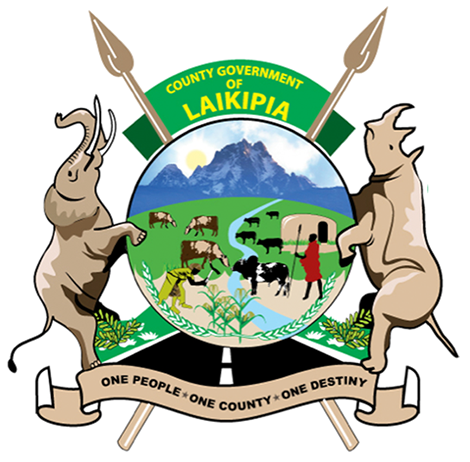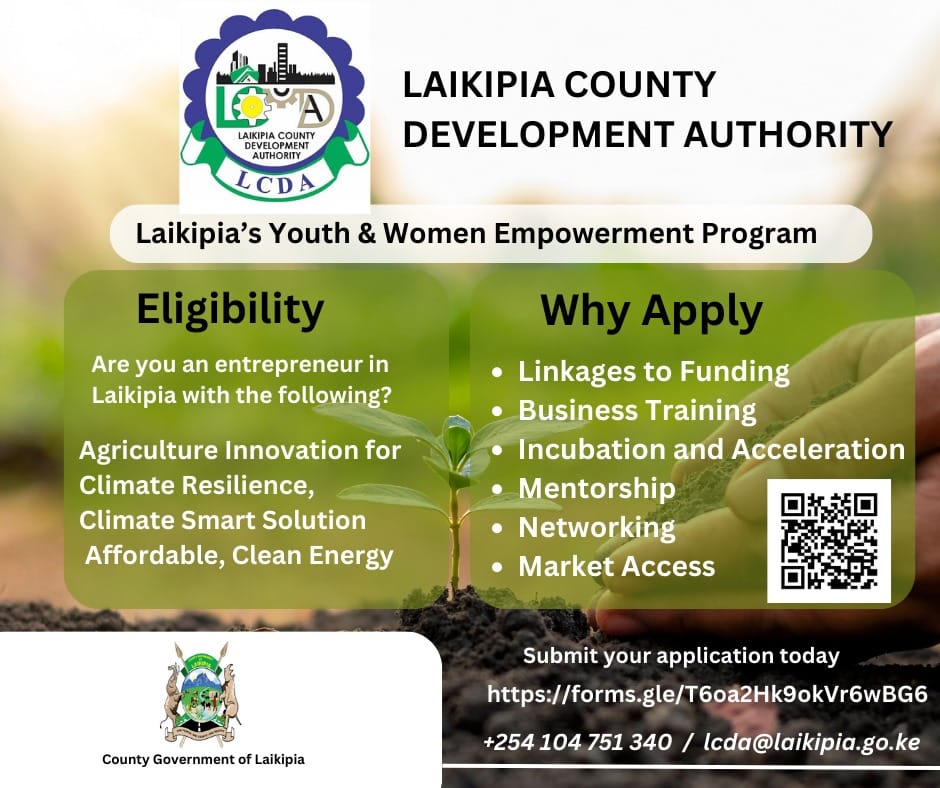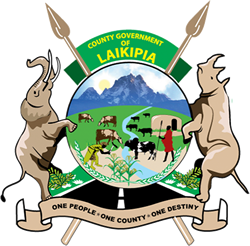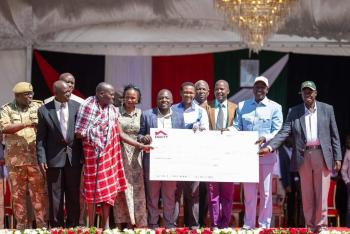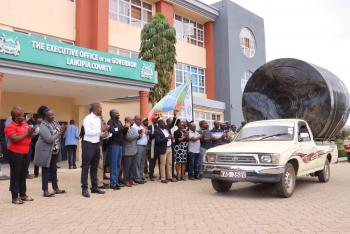Agriculture, Livestock And Fisheries Overview
Laikipia County covers a surface area of 9,462 km2 of which 21 % is high and medium attitude suitable for dairy and crop production, 79 % is low attitude suitable for extensive agro-pastoralism and pastoralism production system.
Livestock production
The 2017 livestock estimated population in the county: Dairy cattle-55,000, Beef cattle-200,000, Sheep-450,000, Goats-350,000, Camels-10,000, Donkeys-12,000, Poultry-320,000, Beehives-132,000, Pasture grass-2,000 ha, fish ponds-1,252. Crop production mainly Maize-40,000 ha, wheat-4,000 ha, beans-23,300 ha, Irish potato-2,200 ha, horticultural crops-4,900 ha.
Dairy production is estimated at about 75-100,000 per day during rainy seasons which drops by 80 to 90% during the dry season. Hay promotion is being undertaken by the county government to seal these seasonal gaps. Spoilage and wastage that has been is being addressed through milk cooler installation while disease impacts are being addressed through dip rehabilitation and vaccinations.
Public infrastructure to support the industry includes 5 milk coolers (30,000Litre capacity), 2 major slaughterhouses and 33 minor slaughterhouses/slabs. The National government supporting the county with 27 milk coolers (3,000 liter capacity) out of which 5 are ready to be installed to the already identified groups. The private sector has three coolers (40,000-litre capacity) and three dairy processing plants. Cooperatives and farmer groups have started undertaking small-scale dairy value addition with ghee and yoghurt taking the highest toll.
The County Government has planned to mainstream agricultural technology and enhance productivity by providing enabling environment to the sector.
This will include promotion of opportunities in contract farming;
-
Branding of commodities like beef,
-
Promotion of beef cattle finishing/fattening/feedlot production,
-
Promotion of pasture and fodder production,
-
Development of livestock markets and market channels, livestock disease control and livestock breeds
-
Improve extension-farmer contact and public private partnership to enhance performance in wealth and job creation, increase profitability along commodity value chain
Leather Development
In the year 2017, the county produced 12,305 hides and 82,194 sheep and goat skins valued at Kes 11.0 Million. At production points, only wet salting is done for preservation before finally they are sold out of the county for processing. Processing the same raw hides and skins raises their value to about Kes 100M, in the process, stimulating jobs and creating wealth. It’s an opportunity for local investment so that the said jobs and wealth primarily benefit the local people. There is enormous local demand of leather foot wears and other wears judging from the tremendous leather wear Importation volumes from Europe and Asia.
For the last one year, the county government in partnership private sector initiative have embarked on quality improvement of raw hides and skins where we have recorded an improvement of up to 80% for hides and 95% for skins. The county government is promoting leather cottage industry to improve on community livelihoods
Aquaculture and blue economy
Fish production in the county has not only improved diet and protein nutrition but also expanded farmers’ incomes. This county produces about 80 metric tons of fish annually with a value of Kes 40M. Most is marketed locally, the local demand is however about 120 metric tons annually. The has potential to produce much more even to a level of 200 Tons taking advantage of more than 2000 dams and 960 lined up ponds spread across the county.
New production technologies like raised highly capital-intensive surface ponds are also being explored for groups of fish farmers. Meanwhile technical services, fingerlings and pond liners are some of the government incentives adopted by fish farmers.
Crops and Contract farming
To revitalize agricultural performance, the County government of Laikipia through the Department of Agriculture, Livestock and Fisheries has initiated contract farming for major value chains which has enabled prospective end market players’ link with primary producers in order to make agriculture a profitable business. Sorghum, horticultural crops, milk and hay are among the commodities already won contract engagement.
A total number of 514 farmers with 1154 acres are in contract farming arrangements of various crops enterprises, with sorghum and French beans being the main enterprises. Small scale farmers have applied for County Enterprise fund and cooperative funds to a tune of Kshs. 14 M. They are distributed across the county as follows
-
Laikipia North 318 acres
-
Laikipia West 487 acres
-
Laikipia East 349acres
To increase crop production, efforts are being put in place to promote contract farming through planting the drought escaping crops such as millets, sorghum, black beans (dolichos), field beans, chickpeas, pigeon peas, canola, sunflower horticultural crops and fruits tree seedlings. A total of 10,000 kg of assorted seed and 10,000 assorted seedlings was acquired by the County government from various sources and has been distributed to farmers for planting.
